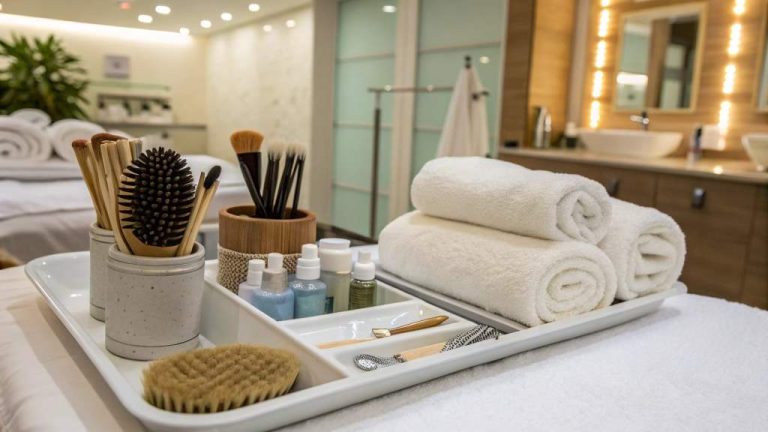Attitudes towards masculinity have changed considerably over time; as a result, the basic level of grooming among men has increased. In response there has been a great proliferation of skincare, haircare and shaving products targeted at and formulated for men.
Although this general level of grooming is still relatively new, already there are so many different types of products available that it can sometimes be difficult to accurately assess their pros and cons. This is where we can learn from women and the even larger women’s health and care product market. Some men are even moving across to having facial work done to improve their appearance like a Thread Lift Cardiff way which is found at sites including cathedralfacialaesthetics.co.uk/non-surgical-facelift/thread-lift/main.
Level of expectations
As most markets for shaving, skin and haircare products for women are so long-established, there are greater levels of expectation. This in turn fuels a demand for clear information, both from the manufacturer and from third parties such as media groups and bloggers. As a result, it is very easy to find out about the properties of a particular product.
With so many types of different chemicals comprising grooming products, increased expectations also usually mean that it is far easier to find a full list of ingredients for women’s care products than it is for many products geared towards men.
Don’t pay for (re)branding
Just as companies have attempted to justify increased prices for staple items for women – such as safety razors – with rebranding in a poor attempt to imply specialised function, many men’s care products are interchangeable with their female equivalents but are marketed differently. To this end, advertisers appeal to people’s insecurities and often market the same products but with ‘manlier’ branding.
Where so many of these similar items differ practically is in their scents, with the most common fragrances available from retailers including sandalwood and citrus.
Know when to step back
As previously mentioned, recent years have seen a considerable increase in the base level of grooming seen in men, brought about by changes in people’s definitions of masculinity. This has left many worried that the scare-tactics marketing that sells so many women’s care products is becoming ever-more common and effective when advertising male-oriented products.
It is no secret that paying too much attention to these advertising tactics, coupled with unrealistic ideas regarding body image, makes people of both genders unhappy. Looking good should be fun and should not make you miserable.
















+ There are no comments
Add yours